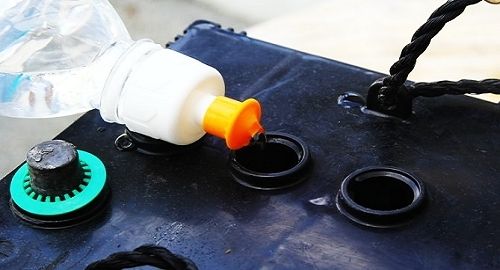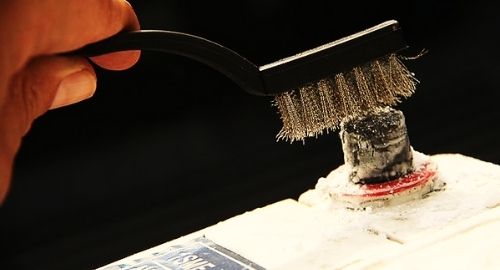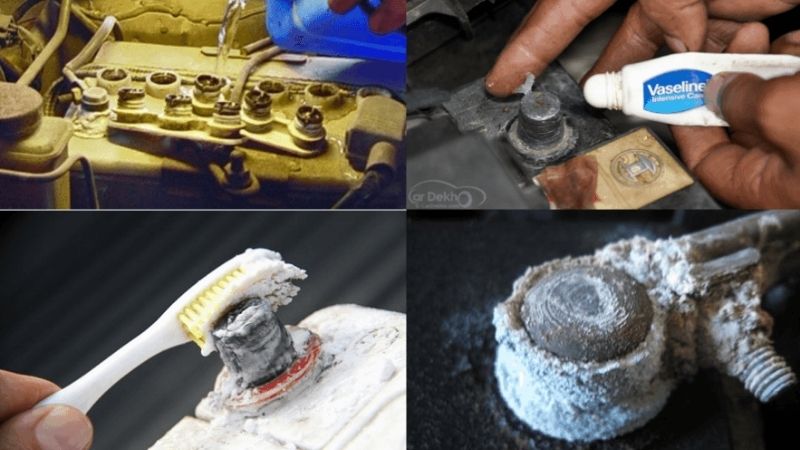Load shedding or powercut is a very common occurrence in India. We do not know how and when the power might go off. Besides, the temperatures aren’t very favorable during the summers. So, having access to the fan or AC is necessary especially during day time. But how to make a wise decision? Just get yourself an inverter battery and start backing up power in it. Inverter batteries have been in the market for a long time but it has gained prominence in recent years. Moreover, there has been a significant decrease in its price so that every individual can buy it.
Table of Contents
How Does an Inverter Battery Work?
In technical terms, the inverter will take electricity from DC, convert it to AC electricity. Do not just guess that the inverter will provide electricity on its own. As a matter of fact, you can store a certain amount of power and use it whenever the power is out. It can provide a charge for a straight 5 to 10 hours and run the necessary appliances. On the other hand, you must keep the inverter charged in order to store power. Without charge, the product will be basically non-functional.
However, some products must be inverter compatible for you to operate. These are mainly ACs, refrigerators, washing machines and so on. Keeping everything in mind, we must know that even the best inverter battery has a lifespan of its own. It will be worn out, loses its efficiency, and even lags in its performance with continuous use. Only proper maintenance can promise a long and useful life for the inverter.
So, how to maintain your inverter battery and keep it in its best condition? Well, here are some tips that you must follow if you buy an inverter battery.
Maintenance Tips For Inverter Battery
1) Install in Ventilated Areas
Your inverter needs to be installed in a well-ventilated area as it gets heated easily. It is suggested to not place the inverter near the fire, under direct sunlight, in and around any heater. When charging or in operation, the heating of the inverter is common. So, you need to install it in any airy area for keeping the inverter in a safe condition. Moreover, it also reduces the requirement of water topping for the best results.
2) Distilled Water at the Top

As said in the previous point, you can place water at the top of the inverter. However, please note that RO or tap water shouldn’t be placed as it contains impurities. As a result, the battery life will be minimized. So, always go for distilled water to ensure that the battery life isn’t affected.
3) Clean the Terminals Daily
Regular cleaning of the terminals will make sure that you are not allowing the deposit of moisture or dust. Thus, you can keep it new as long as possible.
4) Water Level
Always keep a check on the water level. The water level should be somewhere between the maximum level and the minimal level. However, it must not go below the minimal water level ever.
5) Monitor the Acid Levels
Keep an eye on the float indicators whenever you want to have an idea of the acid levels. As a matter of fact, all the cells should have an equal acid level for optimum performance. Also, you must be sure that it doesn’t get overfilled or else it might lead to severe accidents.
6) Check Blocked Vents

When doing a regular inspection of your battery, look for blocked vents if any. In case, if there is any and you overlooked it, the blocked vents may lead to hydrogen gas accumulation. This in turn may result in the bursting of the battery. Dangerous right?
7) Damaged Wires
Battery wires can break, melt due to insulation or even crimp. This will increase the chances of short circuit and other hazards that can be life risk. Also, it affects the output of the battery and reduces the battery life in many ways.
8) Regular Use
In the case of a power cut, you are obviously going to take the aid of the best inverter for home. But if there isn’t any load shedding in your area for over a month, you must also discharge the battery and empty it. Do it at least one time every month and then recharge it again. This will certainly help you in maintaining a good backup time for your device.
When to Change the Inverter Battery?
Every device including batteries is short-lived. You can run it daily for quite a number of hours and still it will keep your devices running. However, the usual lifespan of the batteries is somewhere between 3 to 5 years. If you maintain it properly, then it can run for as long as 7 to 8 years. But the inverter battery may give up midway if no proper maintenance is done. In case your battery is fully dead or damaged, you cannot save it. You will definitely need a new option. Besides, leaking is one such incident that may force you to switch to a brand new inverter battery. Also, change your battery immediately if it has ever undergone any hazardous accidents.
As an inverter battery is a sensitive item, you must take proper care of it. The risks are always there, and you should make the necessary replacements and maintenance for the sake of your life. By maintaining it, one can save money, effort, and time. Be smart and take good care of your inverter battery.

